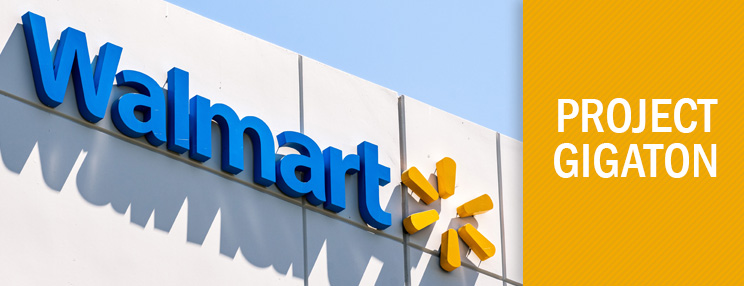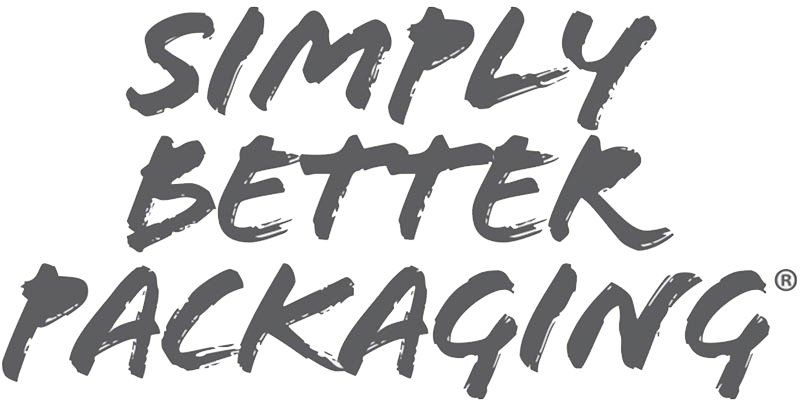Walmart Project Gigaton

What are Walmart’s sustainability goals, and are you ready for them?
By Catherine Haub
To boost sustainability, Walmart has enacted Project Gigaton*, and effort to reduce one billion tons of greenhouse gases by 2030 by placing responsibility on their suppliers [1]. Walmart aligned the project with the Paris Agreement’s 2-degree Celsius warming scenario and consulted with different environmental agencies to ensure the project’s success in reducing Scope 3 emissions, which are emissions related to the entire business operation leaving the responsibility on both Walmart and the suppliers [2]. This is a huge endeavor for the world’s largest retailer, as eliminating a gigaton of greenhouse gases is equivalent to removing 211 million passenger cars off the road for a whole year [2]. With the help of 4,500 suppliers, the project is showing major success as 574 million MT have been removed or avoided since 2017 [1].
What are the six areas for emissions reduction?
As stated previously, Walmart has six areas where emissions reduction is possible.
- First, Walmart looks at energy, which includes finding areas that reduce energy and switching to renewable sources that emit little to no carbon.
- Next, they focus on food waste reductions but also including diverting waste from landfills along with reducing operational waste.
- There is also packaging, where Walmart is looking for more sustainable packaging options to help move towards a “circular economy”, promoting reusing and recycling.
- Additionally, contributing to nature restoration, Walmart is looking to stop deforestation for agriculture and wants their suppliers to reduce emissions at the farm level or by protecting, managing, and restoring forests.
- Product use and design is the fifth area, looking at products’ carbon footprint throughout their entire lifecycle, from sourcing to disposing of, with goals including increasing recycled content in the product and its energy efficiency.
- The last area is transportation, which focuses on reaching zero emission miles and reducing transport emissions.
How to get started
Each company can set emission reduction goals within at least one of the six categories listed above and report its progress each year to Walmart and each company will receive recognition for all its hard work. Walmart will help the company create feasible goals, so goals can be different between each supplier based on what works best for them. Though some companies may not have the same resources as others, every little bit helps not only Walmart reach its goals, but the planet. To find more information, visit the Project Gigaton website.
How can Placon Help
At Placon, sustainability fuels our projects, and we can work with customers to help them reach their goals of being more sustainable. Our 75% and 100% PCR PET material is SCS Global certified sustainable and can be recycled easily, living up to what Walmart is looking for. Creating goals to fit within these areas may seem a little daunting, but we are here to put you at ease knowing your packaging is a sustainable option. Reach out to us today to learn more about what we have to offer, and you can align it with Walmart’s goals.
To see if your packaging complies with Project Gigaton, feel free to use our handy regulations guide! Regulations.xlsx
[1]Project Gigaton (walmartsustainabilityhub.com)
[2]Walmart’s ‘Project Gigaton’ aims to slash emissions (cnbc.com)
ABOUT PLACON
Since 1966, Placon has been a leading designer and manufacturer of innovative and sustainable plastic packaging for medical, food, and consumer goods markets. Placon has manufacturing operations in Madison, WI; West Springfield, MA; Elkhart, IN; and Plymouth, MN, and is currently ranked in the Top 20 in Plastics News 2024 Thermoformers Rankings. Placon delivers packaging breakthroughs that inspire better engagement between people and products.





